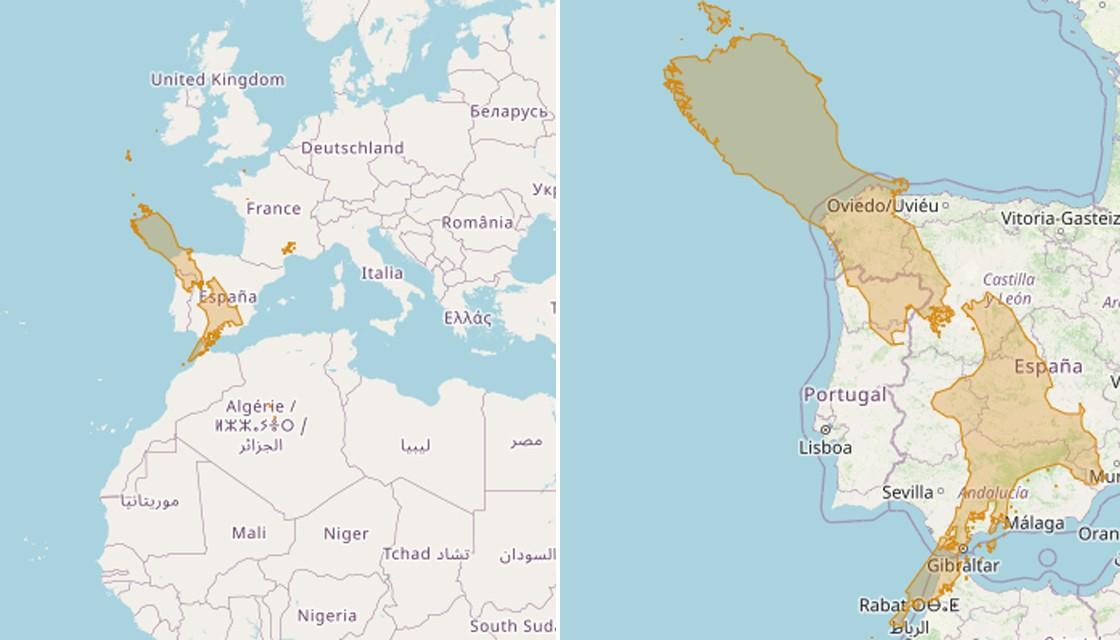
Many of us who love to travel may be desperate to have a holiday 'on the other side of the world' and while it's going to be some time until we can actually do that, it does leave us with some time to answer the question: Where exactly is the other side of the world?
I'm sure we all know of a kid who has asked if we kept digging a hole through the Earth, where we would end up?
Of course, it depends on where your city is located.

Let's start with our biggest city, Auckland. If we were to pop directly through the Earth and come out the other side - as demonstrated on the website, antipodesmap.com - we would arrive in the town of Setenil de las Bodegas in Spain, population 3016.

The town consists of white, stonewashed houses on zig-zagged streets working their way up the rocky cliffs and hills that surround the city.
Heading south to Wellington means we would be going north on the other side of the world - the antipode of Aotearoa's capital city is Alaejos, also in Spain, with an even smaller population of just over 1000.

The town was declared a Heritage Preservation in 1980.
Christchurch is paired with a seaside town called Foz, which sits on the Spanish shores of the Cantabrian Sea.

Yes, that's right - Canterbury, New Zealand matches exactly with the Cantabrian Sea off the coast of Spain. There's no link other than both being named after a location in the UK. Or is there?
Finally to Dunedin and its antipode, Cariño, Spain. This town has a population of around 4800 and is located in a region said to have some of the tallest cliffs in Europe.

What about the other way around?
London's antipode is located some 800km south of the Chatham Islands, putting it even further south than the Auckland Islands.

If you fancy a bit of Madrid, then you don't have to go far. Its antipode is Takapau in the North Island.

Perth, Australia may be far away, but at least it won't go missing. Its flipside location is in the Bermuda Triangle.

Finally to Prudhoe Bay in Alaska, and a place called Anxiety Point. It's so far north that if it were in the Southern Hemisphere, it would be in Antarctica.

Have you found any other unique matches? Share them in our Newshub Travel Facebook Group.
